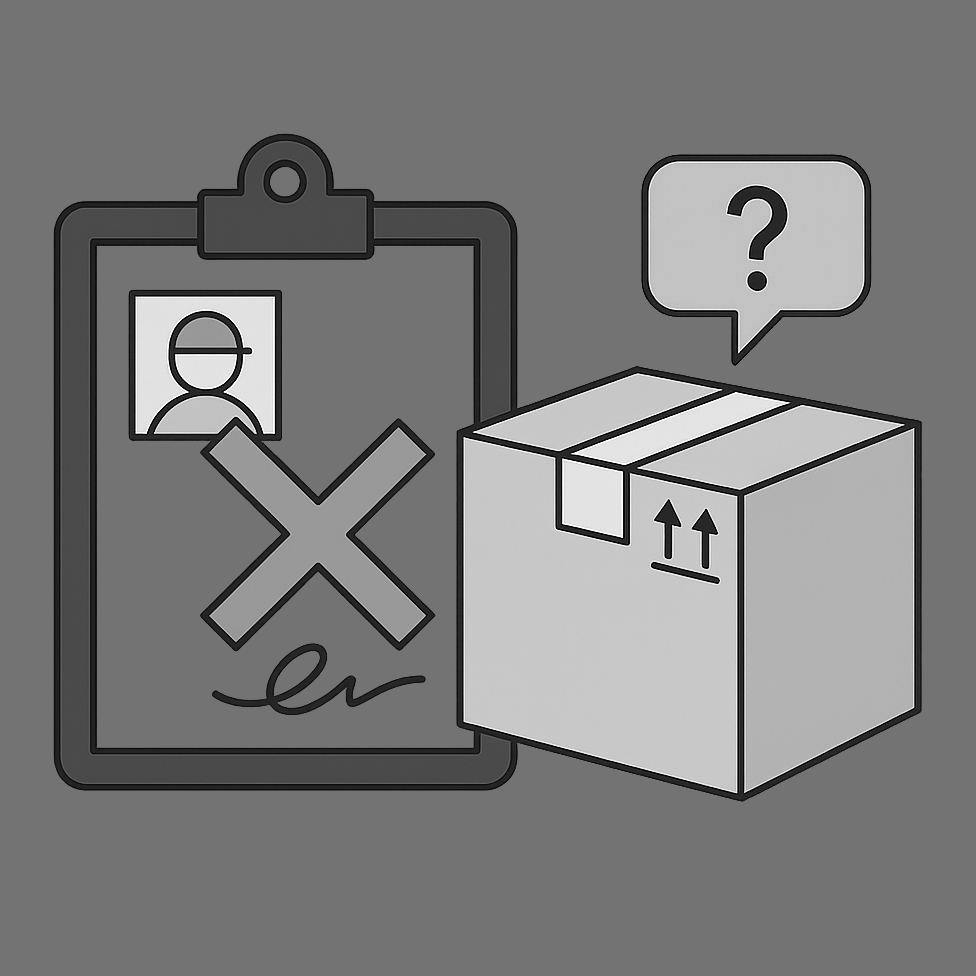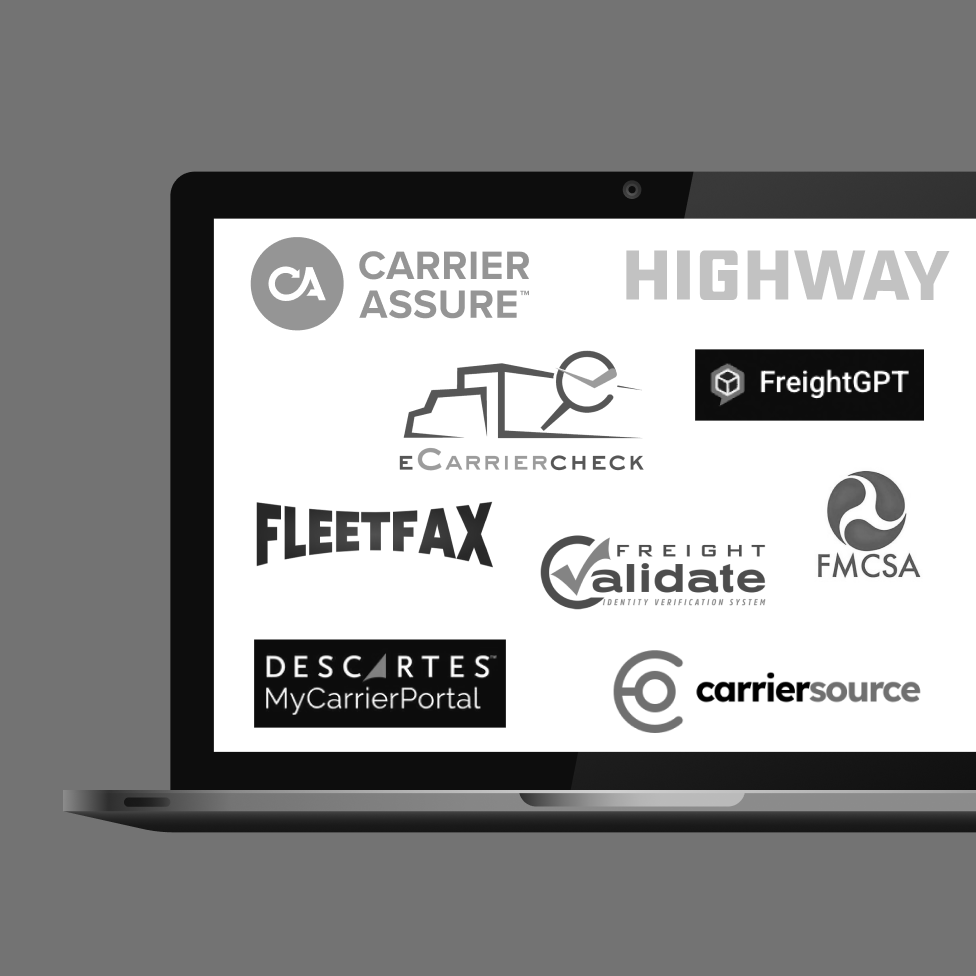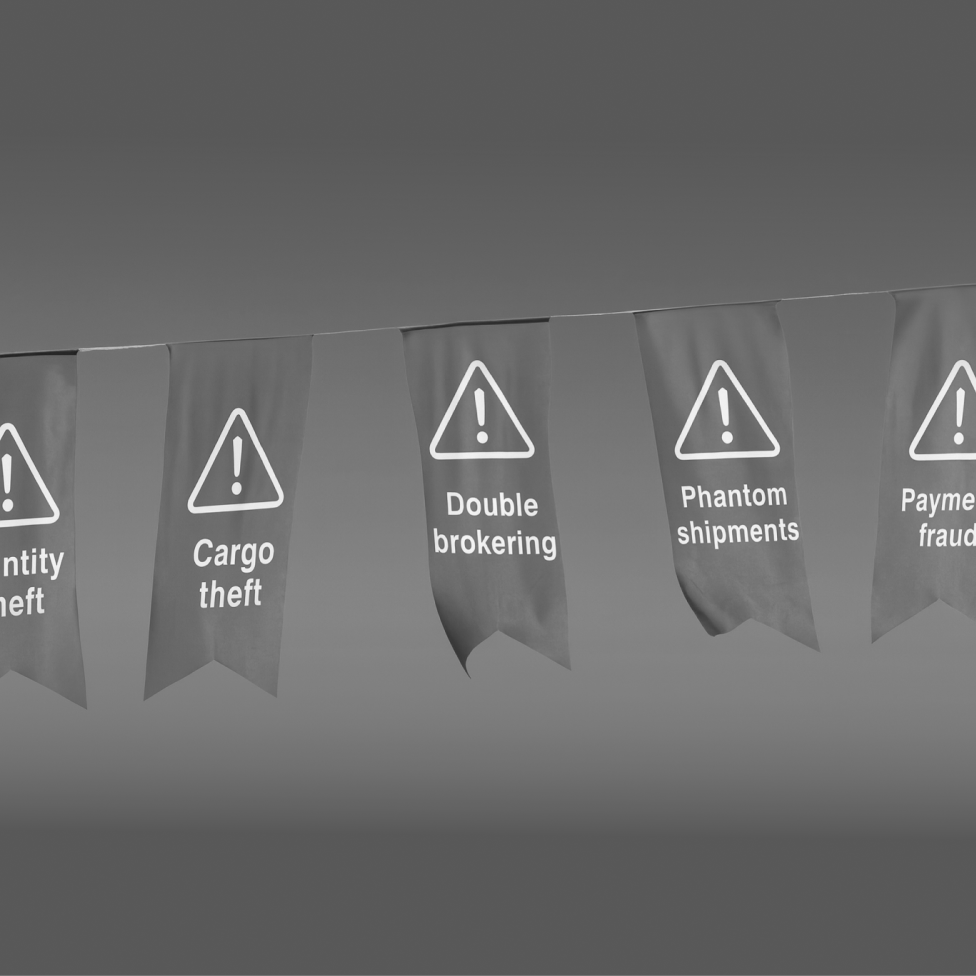Leaders constantly balance two goals: building strong client relationships and keeping their business stable.
This balance gets tested when customers like Fortune 100 companies ask for longer payment terms.
The Fed's rate hikes this year have constricted financial liquidity for businesses. Many shippers rely on bank loans, so when the Fed rates increase, they grapple with higher bills, straining their budgets.
To handle these money pressures, shippers are thinking differently. Some propose longer payment terms, from the usual 30-day cycle to 60 or even 90 days. This shift can help their bottom line, making their financial reports look better or allowing them to make better offers to their clients.
For brokers, it's about tactful negotiation. They aim to keep clients happy and close. But they also need to watch their company's financial well-being. Striking the right balance is an essential skill.
Key Takeaways:
- The Fed's rate hikes have tightened finances, prompting shippers to extend payment terms, impacting broker’s cash flow.
- Brokers can negotiate using various tactics like early payment incentives, structured plans, and more.
- Maintaining a balance between client demands and business sustainability is crucial. While adapting to client requests is essential, ensuring the company's growth and financial health sometimes requires making tough decisions.
Why Shippers Extend Payment Terms
Extending payment to suppliers is a popular practice for companies to improve their working capital performance. When payment terms are 90 to 120-days, shippers are able to hold on to their cash longer and use as needed.
When you receive the dreaded email with the subject line "payment terms," your first instinct will be frustration. Take a deep breath and focus on understanding the payment situation.
Reasons for changing payment terms can vary from temporary cash flow hiccups to a permanent policy. First, jump on the phone and ask specific questions to understand the situation.
A few reasons why your clients may be asking for longer payment terms:
- The cost of operating has increased as a result of the Fed hikes.
- Clients might face cash flow challenges, making it tough to pay immediately.
- They could be grappling with unexpected expenses.
- Some may need more buffer time due to internal processes.
- The new accounts payable procedure dictates a new payment terms requirement.
Why Negotiating Supplier Payment Terms Matters
Extending payment terms helps your customer but has tangible repercussions for your business.
Waiting longer for payment significantly disrupts cash flow and strains business operations.
Additionally, longer payment terms can lead to increased administrative costs as the burden of tracking and managing delayed payments rises.
One of the more critical impacts of late payment or longer terms is the Days Sales Outstanding (DSO). This key metric indicates the average number of days it takes for a company to collect payment after a sale. Extended payment terms will increase DSO.
For freight brokers, a high DSO has specific ramifications:
- Reduced Liquidity: A high DSO means payments are coming in slower, which can hamper the broker's ability to pay carriers on time or invest in business growth.
- Increased Reliance on Credit: Brokers might need to rely more on credit facilities to maintain operations, which can escalate borrowing costs.
- Operational Disruptions: Delayed payments can disrupt operations, potentially affecting service delivery and the ability to take on new clients.
By understanding the impacts of longer payment terms on your business, you are better equipped to find a solution with your customer.
4 Payment Terms Negotiation Tactics
Finding a mutually beneficial solution is vital to keeping the customer while protecting your business and financial goals.
The goal is to go into the conversation with 1-2 solutions, including your best-case scenario and a backup idea.
A few solutions to propose include:
1. Offer incentives for early payment
Encourage timely payments by making them appealing. According to a survey, 42% of leaders state that capturing early payment discounts is a priority. Offering discounts or priority services to clients who clear their bills promptly can be a significant motivator in today's economy.

2. Setting Up a Payment Plan
For clients daunted by immediate total payments, consider introducing structured payment plans. This solution breaks down the owed amount into more manageable installments.
3. Charge a fee for longer payment terms
An extended payment term impacts your DSO. If clients lean towards longer terms for various reasons, consider adjusting rates or charging a fee. Increasing your profit helps mitigate a longer DSO's financial ramifications and risks.
4. Negotiate for more business
An effective counter to prolonged payment durations can be negotiating for additional business. This strategy can yield a balanced outcome, be it a larger shipment volume or extended contract terms.
Coming prepared to the meeting with a couple of solutions will make for a more productive discussion and show initiative. Remember to propose ideas that benefit both parties to find mutual ground.
Negotiating Payment Terms Successfully
Initiating the Conversation
Ideally, negotiations should be conducted in-person or at the very least, over the phone. Opening a dialogue about payment terms can be intricate, and you don’t want anything to be misread over email.
When starting this conversation, the emphasis should be on finding a middle-ground solution, keeping an even keel, and reinforcing the value of the ongoing partnership.
To ensure the conversation is both productive and harmonious, consider the following email template:
Email Template:
Subject: Payment Terms Discussion
Hi [Client's Name],
I hope this email finds you well. [Personalize the email and express your gratitude for their business]
I'm reaching out to discuss the payments terms in your contract [personalize to reflect who is suggesting the change and acknowledge the reasoning]. As you know, we work hard to retain the best carrier relationships to move your loads reliably and on-time. Part of that is paying drivers quickly, so they can cover fuel and upkeep.
Knowing this, we would like to propose a couple of mutually beneficial solutions to the current [or proposed] payment terms.
Are you available to discuss this week?
Warm Regards,
[Your Name]
By laying the groundwork for a positive and collaborative conversation, freight brokers can effectively manage and strengthen their business relationships during payment term negotiations.
Tips for Navigating the Conversation
Negotiating with clients can sometimes feel like a tricky dance, with both sides aiming for the best terms. But the secret to a successful negotiation is simpler than you think: approach it as a partnership.
Follow these tips for a productive negotiation.
1. Know Your Strengths
Before diving into the negotiation, think about your competitive edge.
What makes your business a good partner? You may be an expert in a niche or local area. Maybe you’re working with specialized equipment and regulations.
Your strengths are negotiation tools. The clearer you are about why a vendor would want to keep you happy, the better you can discuss.
2. Start Friendly
Kick things off on a bright note. Inquire about their family. Maybe there is a local football game you can talk about. Setting a friendly tone from the get-go can make the whole conversation easier.
3. Show gratitude
Take a moment to let them know how important they are.
Mention something like, “Your business has helped my company grow.” It's always good to remind them that their business is valued.
4. Be Clear and Honest
When it’s time to talk about changing payment terms, be upfront.
Explain how an extended payment term will impact your business and carrier relationships. Dive deep into how your carrier relationships are built and retained by quick payments.
Share your reasons. Clear communication can lead to mutual understanding, making it easier to find the middle ground.
5. Frame a Win-Win Offer:
When you put forward your new payment proposal, ensure it's framed in a way that benefits both you and the vendor.
By highlighting the advantages for each party, you set the stage for a productive, mutually satisfying negotiation. Remember, the goal is to find terms that make both sides feel like they're gaining value.
6. Stay Open
Sometimes, the first offer doesn't stick, and that's okay.
If they're hesitant, be prepared with backup plans. Could you propose a trial period for the new terms?Or suggest staggered payments? Flexibility can make all the difference.
8. End on a Good Note
Wrap things up with optimism. A sentiment like, “We’re excited about our future together,” reinforces the idea of partnership and growth.
Successful negotiations are all about collaboration and mutual respect. When both parties feel acknowledged and valued, finding common ground is easier.
Freight Factoring as a Solution

Unfortunately, freight and logistics companies don't have much bargaining power. Shippers can easily find another partner to meet their needs and for even cheaper. If a customer is unwilling to meet you halfway, you can seek cash flow support by factoring.
You don't necessarily have to wait out long payment terms. By utilizing freight factoring, you can receive an advance on the payment. In this arrangement, the factoring company provides the upfront payment, collecting the due amount directly from the client.
Alliance Logistix faced this situation when a long-time client moved from 30-day to 90-day payment terms. Co-Founders, Alex and Natalie, chose to work with Denim to maintain their cash flow and retain their customer relationship. As a result of the added automation tools with the freight payment system, Alliance Logistix has increased their month over month volume by 35%. Win-win for everyone.
Navigating the Balance Between Client Relations and Business Sustainability
In today's shifting financial landscape, balancing client demands with fiscal responsibility becomes paramount. The ripple effects of these changes challenge even major shippers to rethink traditional payment structures.
Brokers face the dilemma of catering to client requests while safeguarding their operations from extended payment terms and its implications. The key? Embracing strategies like early payment incentives and structured plans. For those seeking an effective buffer against extended terms, factoring solutions emerge as a powerful tool.
At the core, it's about fostering trust and mutual respect in client partnerships. With clear communication and strategic flexibility, brokers can navigate these challenges, ensuring both relationship integrity and business growth.
Looking for a factoring solution? Schedule a demo with us today and explore how Denim can support your business needs.

Denim’s automated solutions streamline your back-office operations. Explore our solutions to see how Denim can help your business scale efficiently.
There's a better way


.png)




